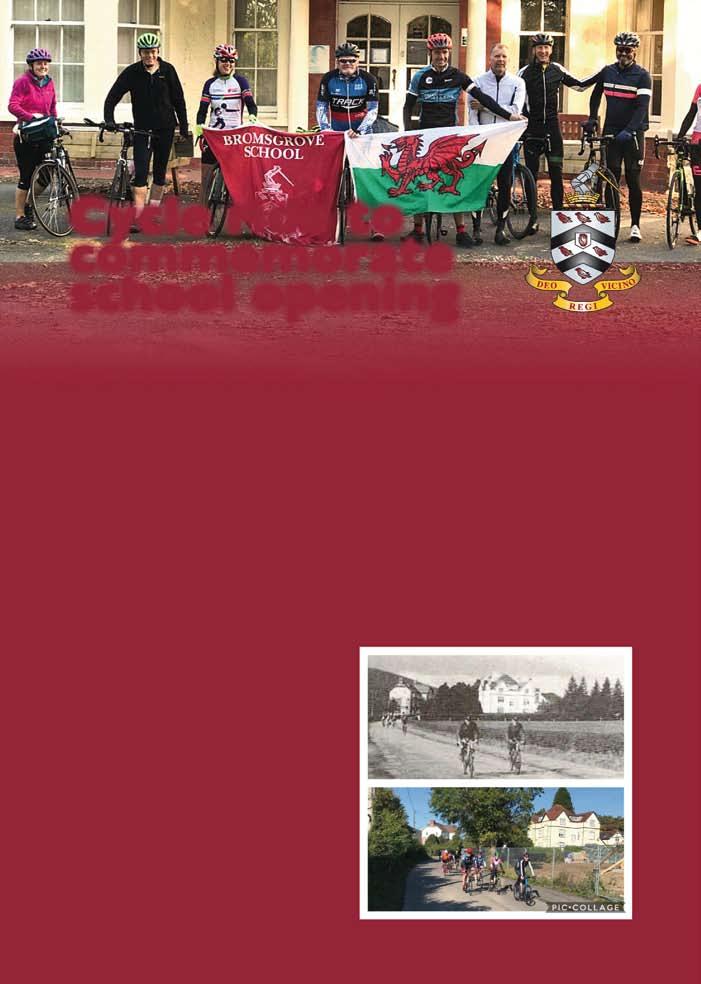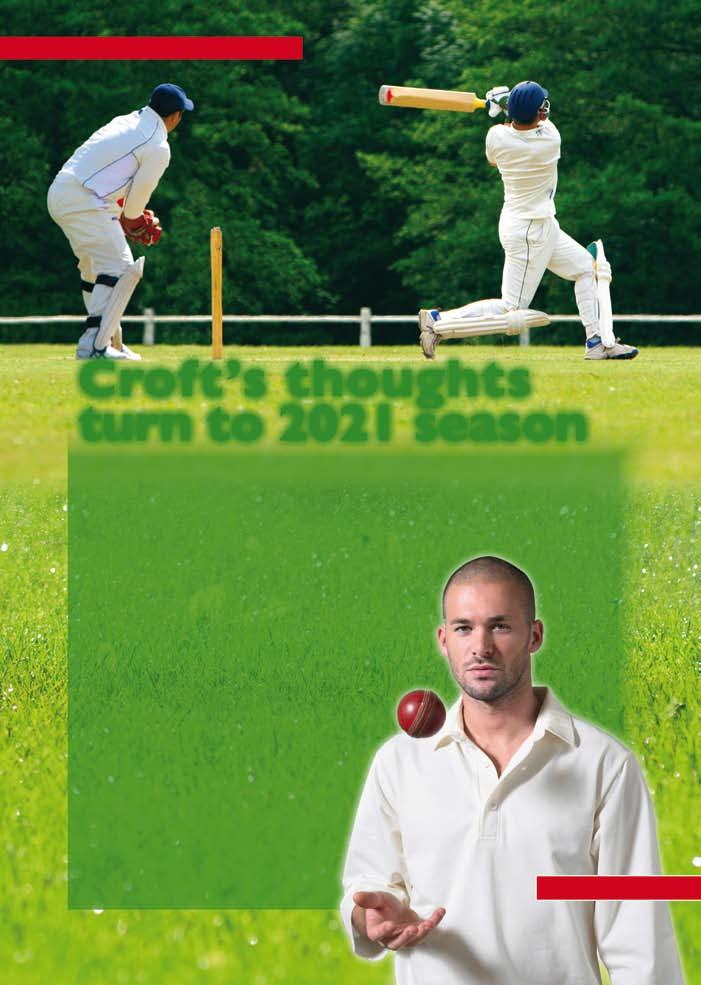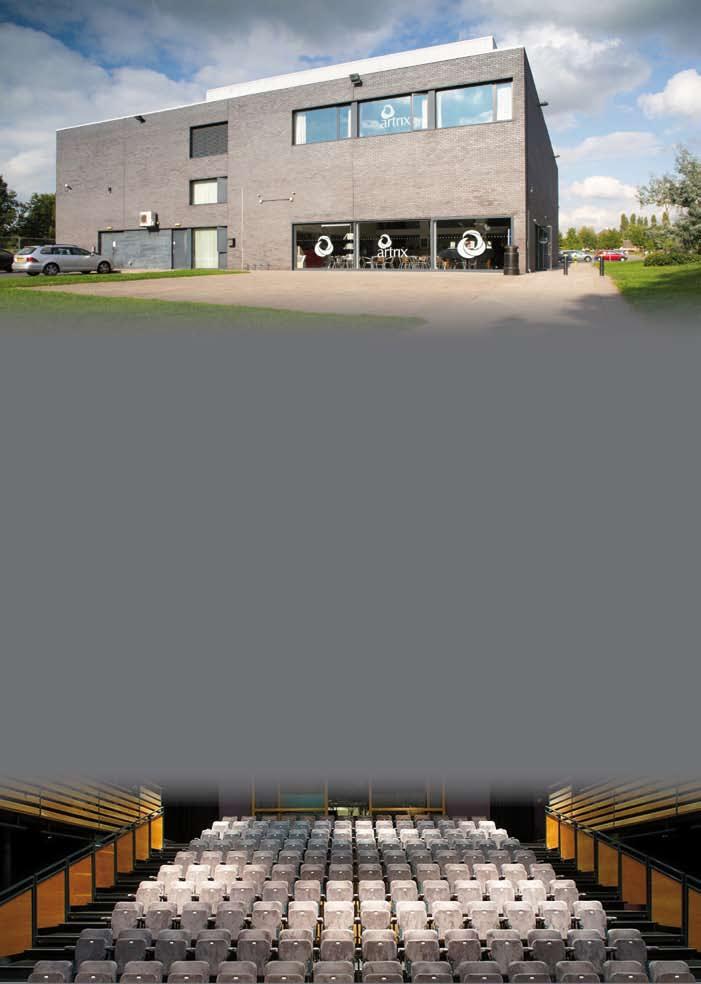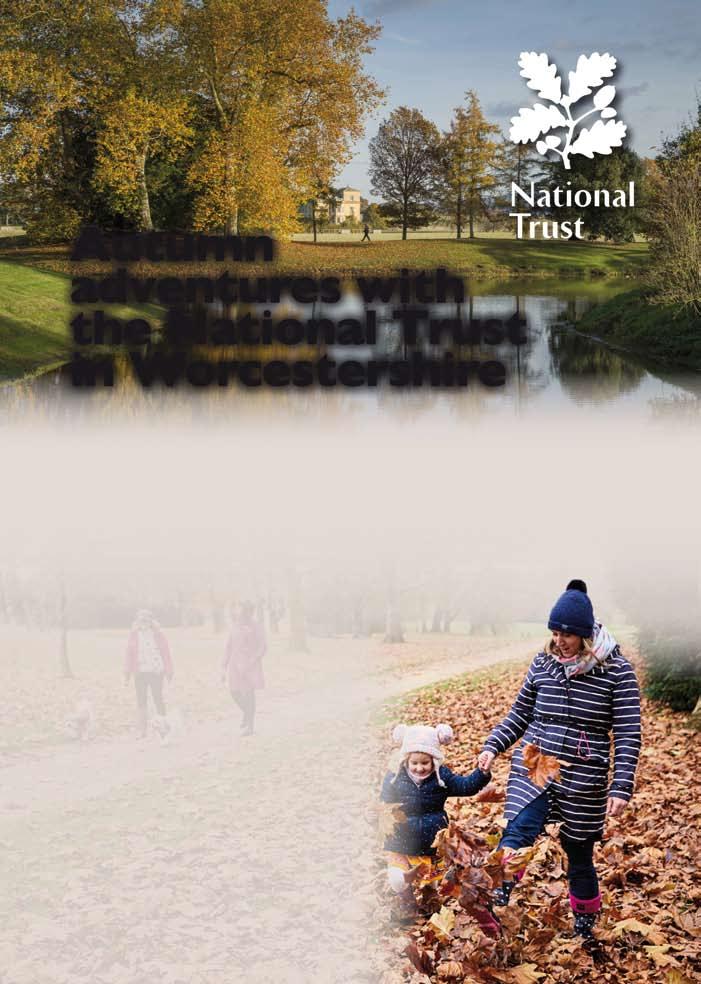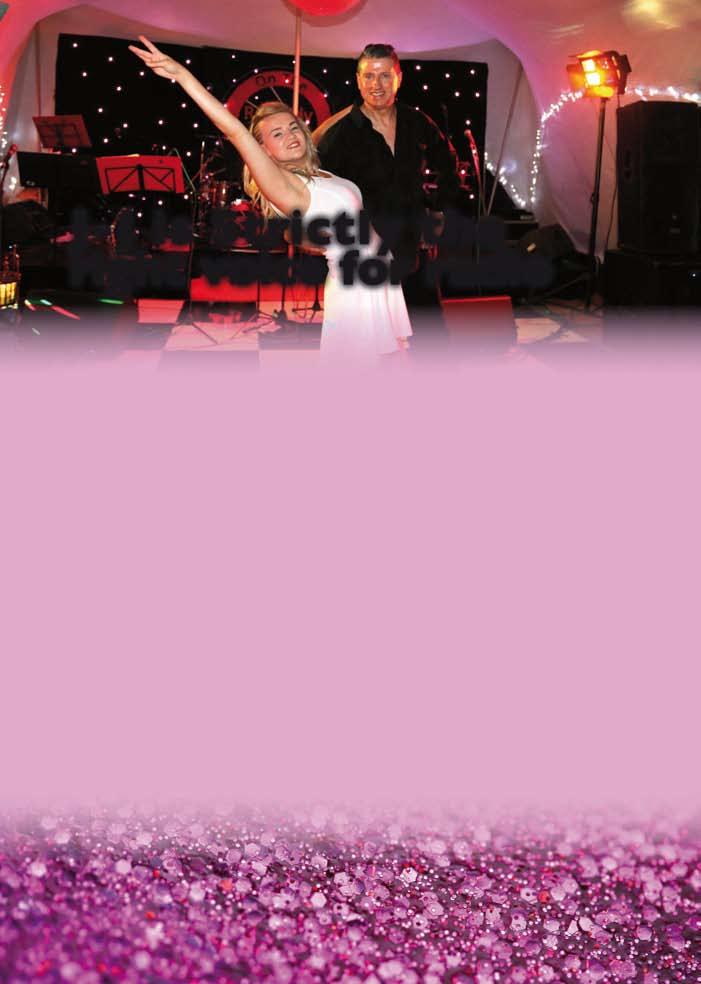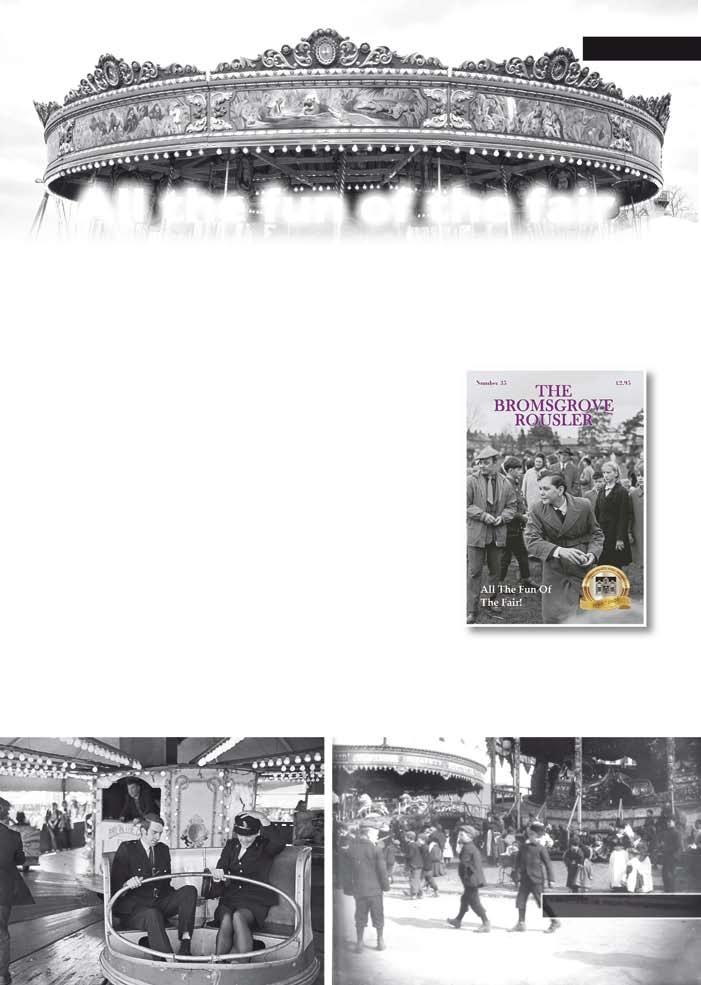
2 minute read
History
All the fun of the fair
The latest edition of the Bromsgrove Rousler, the annual local history magazine, profiles the development of Bromsgrove Fair and its role in the life of the town over hundreds of years.
Advertisement
The origins of Bromsgrove Fair are lost in the mists of time. A charter of 1317 allowed for a fair to be held but there is no further record until 1685, in an account of tolls being collected from various farmers and merchants. It was traditionally held on June 24th, this being the feast day of St John the Baptist to whom the town’s church is dedicated. In medieval times the fair would have been an opportunity for farmers and merchants to show off their produce and livestock, as they would on regular market days, but there was a social side as well. The annual fair always attracted itinerant entertainers and by the late 17th century the balance had tipped in favour of pleasure rather than trade. Fair time was eagerly anticipated by the local population. Historian Dr George Fletcher recalled, as a small boy in the 1850s, being taken around Bromsgrove Fair on his father’s shoulders. He described travelling caravans, show booths, merry-go-rounds, Aunt Sallies, and countless refreshment booths. These were mainly set out along Watt Close, while the end of Church Street was the location for a horse and cattle fair which attracted dealers from miles around. By the end of the 19th century, fairgrounds across Britain saw many innovations. Steam-driven and then later electric roundabouts were introduced, such as Pat Collins’ electric jumping horse. From the early 1900s, cinematographs and electrographs were in evidence. In the days before cinema, this would have been most people’s first experience of moving pictures. During the early 20th century, Bromsgrove Fair moved a short distance from its customary site to take place on Churchfields. It grew to be a large gathering of amusements which by the 1960s stretched the entire length of the
ground. Then, as in the 17th century, members of the Court Leet made a formal visit as part of their annual meeting. In more recent years, the fair went into decline, however, until it was no longer commercially viable. The history of the town’s fair is one of the topics in this year’s edition of the Bromsgrove Rousler, the annual local history magazine published by the Bromsgrove Society. Fairground enthusiast and historian Graham Downie looks at the development of the fair in Bromsgrove and other north Worcestershire locations and its part in local life. Other articles in this year’s issue focus on Worcestershire’s connections to the Titanic, the impact on Bromsgrove of the Priestley Riots of 1791, residents’ memories and old photographs of Lickey End and attempts to tackle Bromsgrove’s housing crisis following the First and Second World Wars. Copies of the latest Rousler are available to purchase from many local shops and businesses, priced £2.95. It can also be ordered online from www.bsoc.co.uk

